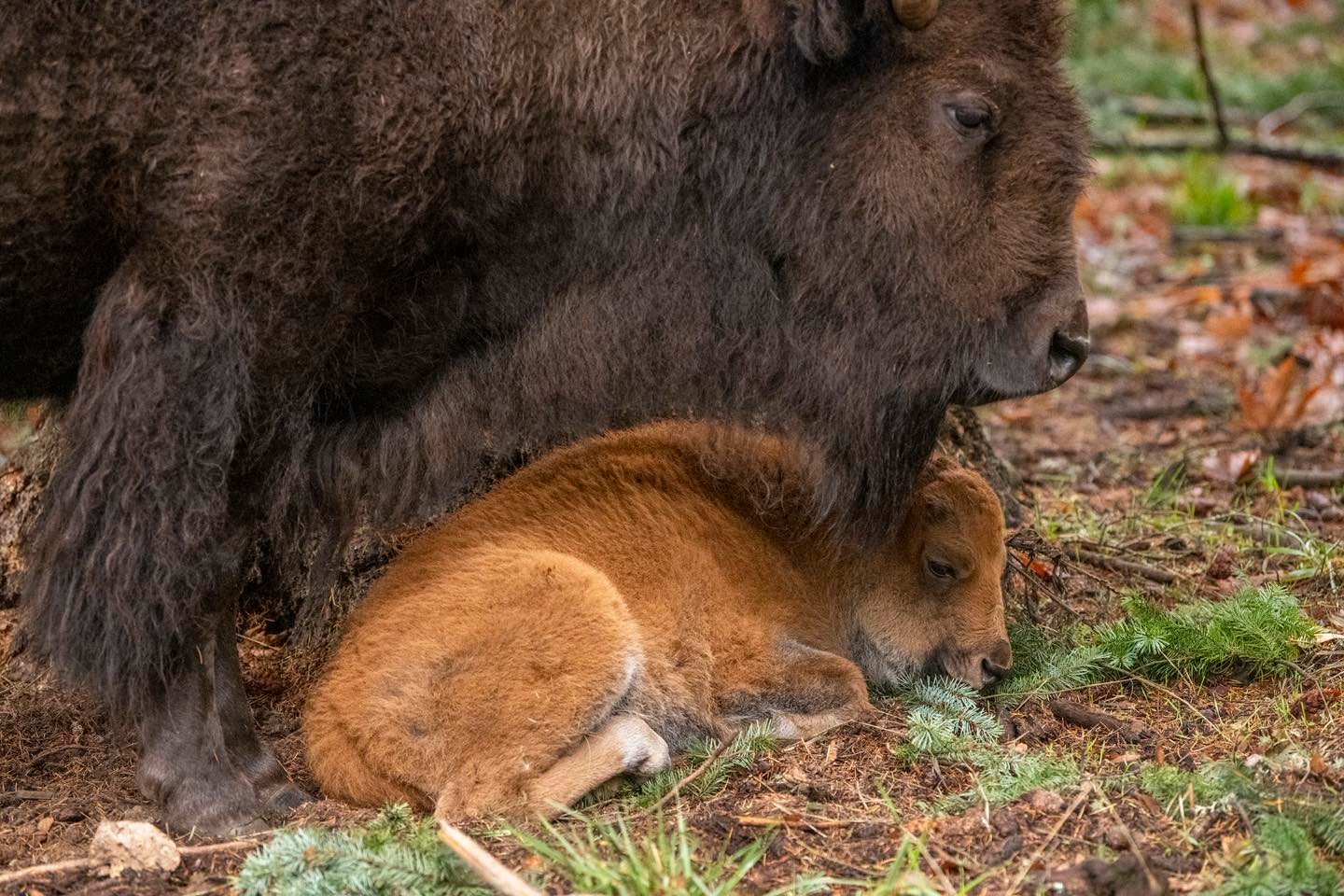- Explore the origins and significance of celebrating Happy Mother’s Day in the context of wildlife and zoo environments.
- Discuss the role of mothers in the animal kingdom, highlighting various species and their maternal behaviors.
- Examine the efforts made by zoos and wildlife conservationists to support maternal care in captivity and the wild.
- Analyze the challenges and solutions in zoo management for fostering a healthy environment for animal mothers and offspring.
- Emphasize the role of education and public awareness in promoting conservation through Mother’s Day events.
Celebrating Happy Mother’s Day with a focus on the natural world provides an opportunity to appreciate not just human mothers but also the maternal instincts and behaviors in animals. This occasion encourages us to reflect on the connections between human and animal maternal practices and to recognize the significant role of mothers in the natural environment.
The origins of Mother’s Day trace back to ancient times, but for wildlife and zoo enthusiasts, this day extends beyond personal celebrations. It is a moment to spotlight animal mothers. Understanding these behaviors offers insights into the intricate social structures and survival strategies of various species. In zoos, Mother’s Day events serve as educational platforms to engage the public with wildlife conservation efforts.
Animal moms exhibit a fascinating array of strategies to ensure the survival of their young. Elephants, for instance, are known for their incredible familial bonds. Elephant mothers, or cows, carry their young for about 22 months, the longest gestation period of any mammal. Once born, the calf is looked after by the mother and the herd, emphasizing the communal nature of their upbringing. Gorilla mothers, on the other hand, are very protective and nurture their infants for several years, showcasing different aspects of primate maternal care.
Zoos play a critical role in supporting these natural behaviors. Providing environments that mimic natural habitats is crucial in captive breeding programs. For example, enriched enclosures that cater to specific species’ needs help mothers raise their young in a more naturalistic manner, which can be vital for species that are endangered in the wild.
Wildlife conservation efforts increasingly focus on providing resources and creating conditions that support maternal care, both in captivity and in the wild. For species like the critically endangered Sumatran rhinos, conservationists aim to create sanctuaries where these animals can reproduce safely. Such initiatives are often supported by research that identifies the best practices for breeding and rearing offspring in both natural and controlled environments.
Zoo management faces the challenge of replicating the natural conditions necessary for successful maternal behavior in captivity. This includes an understanding of each species’ specific requirements. Temperature control, vegetation, and social structures are often carefully planned to facilitate animal well-being. Moreover, nutrition is vital, as the dietary needs of mothers can vary significantly during gestation and lactation periods.
On an educational front, zoos leverage Mother’s Day to promote awareness about wildlife conservation. Through interactive programs and activities, visitors learn about the importance of maternal care in the animal kingdom. This not only educates the public but also fosters a sense of empathy and responsibility towards conserving biodiversity.
In summary, celebrating Happy Mother’s Day within the context of zoology and conservation offers profound insights. From understanding the varied maternal strategies of animals to addressing the complexities in zoo management, each aspect contributes to our knowledge and efforts in wildlife preservation. By raising awareness through education and engaging the public, we can promote a greater appreciation for the critical role of mothers in the animal kingdom and our shared environment.
*****
Source Description
Happy Mother’s Day! 🩷


